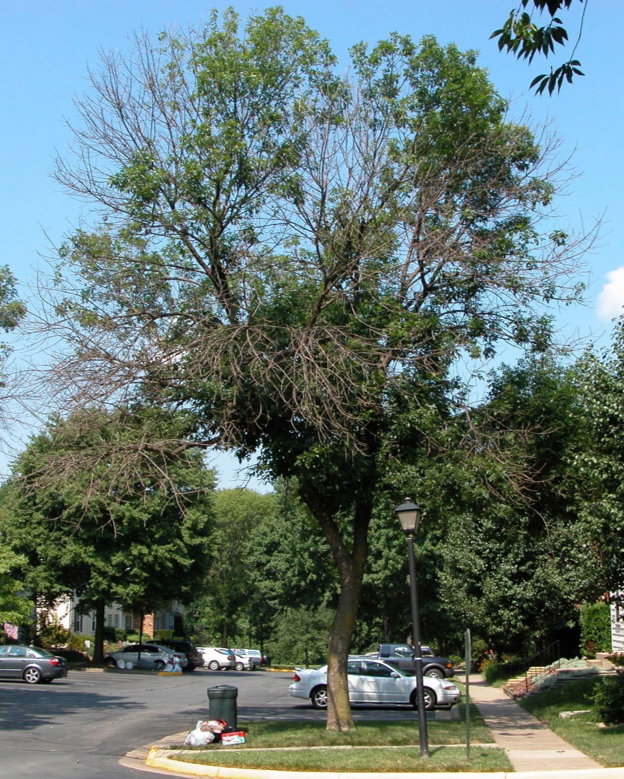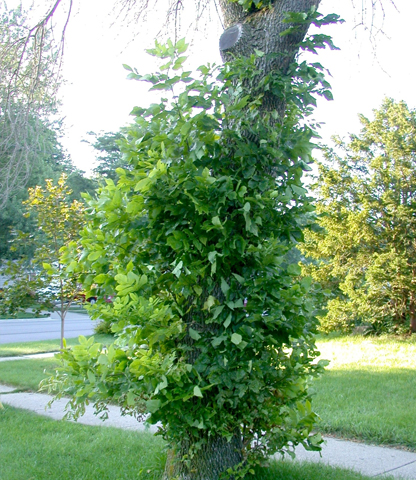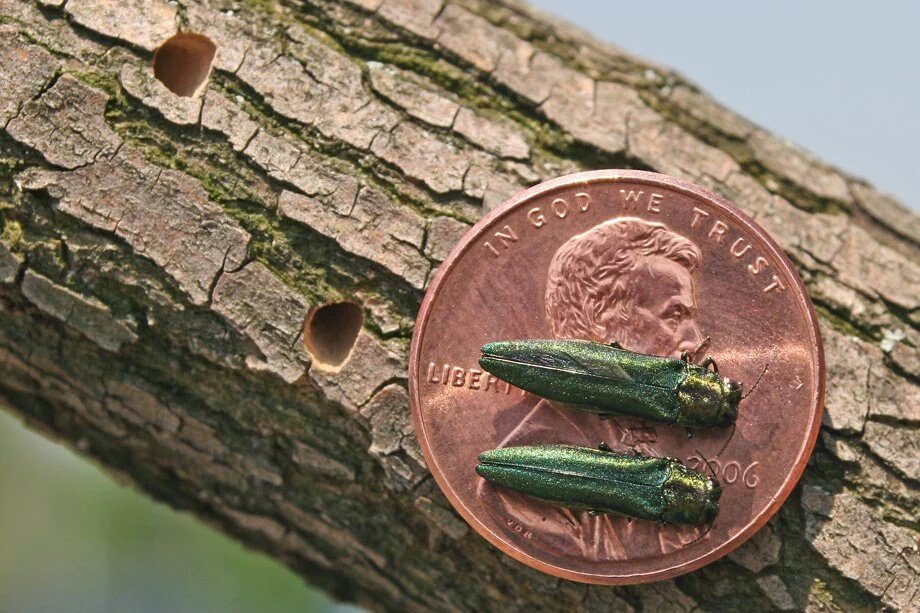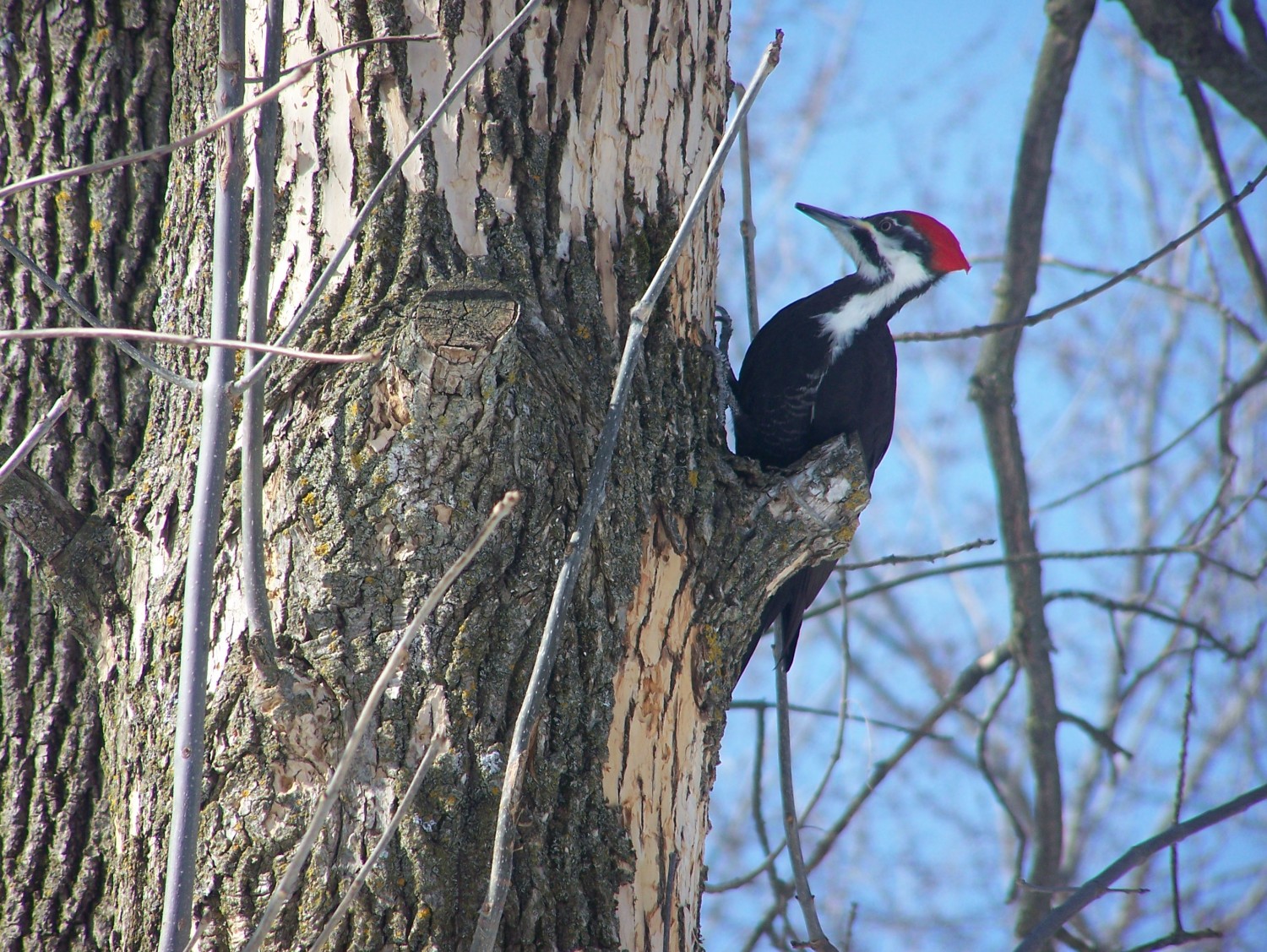There is hardly a person left in Virginia that has not heard about or is aware of the destructive invasive insect that is the Emerald Ash Borer (EAB) It is eliminating our native Ash Trees. Ash is just a small part of Virginia’s overall tree population. Any untreated Ash Tree in the state will die over the next several years.
The Virginia Department of Forestry has a Cost Share Program for Treating Ash Trees to Prevent EAB Infestation. This program is specifically designed for homeowners & community organizations. If you are interested in applying for this program, or have need of further information, then please reach out to your Area Forester to begin the process. Only Ash Trees which have been injected with this treatment before substantial damage has occurred will survive the wave of infestation.
However, if you have Ash on your property and elect not to treat preventatively for EAB then you need to have a management strategy in place. If your Ash Tree is in an area that has little to no use and is free and clear of targets (like a structure, vehicle, or outdoor features for example) then you may want to consider retaining the tree in its death for wildlife habitat. In the event that the tree could harm/damage a target then consider the target itself. Could you move the picnic table to another place in your yard, or could you park somewhere else? In the case that the tree is in the direct vicinity (within 2.5 times the distance that the tree would fall) of a parking area or structure then in all likelihood you would want to take steps to remove it.
Due to the sharp decline in the structural integrity of the tree the recommendation is to remove the Ash before 2/3 of the canopy dies back. Once the dieback reaches that point the cost of removal and the risk of damage rises drastically. Once infested the tree’s life expectancy drops to 2-3 years. Steps should be taken to remove the tree as soon as you are able to do so.
Signs to look for are dieback in the canopy of the tree (the top of the tree will look less full, even tufted, and it may have a sudden abundance of dead limbs). You may also see sprouts in the canopy, along the trunk, or from the base of the tree. Increased woodpecker activity is also a sign. You may not see the woodpecker but notice bits of bark on the ground and ‘blonde’ patches on the trunk and larger limbs on the tree. You may also observe classic ‘D’ shaped exit holes that are made by the insect.
We have an ISA Certified Arborist & Qualified Tree Risk Assessor (TRAQ) on staff here at Windridge to answer your questions and facilitate professional connections so you can make an educated decision about the management of the trees on your property.








